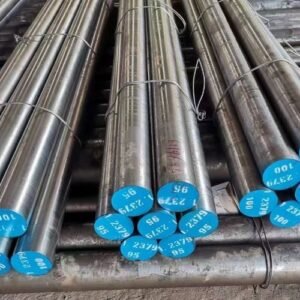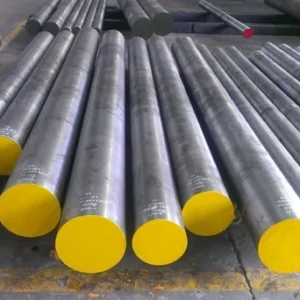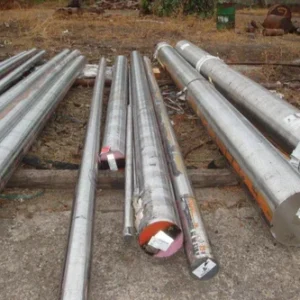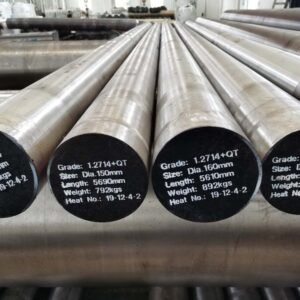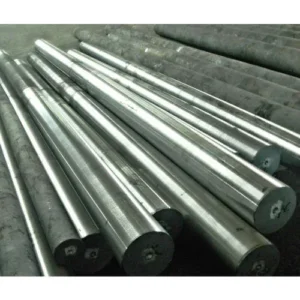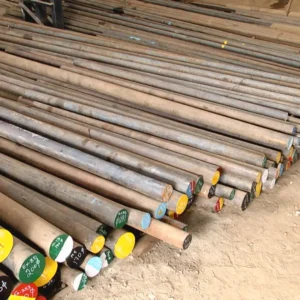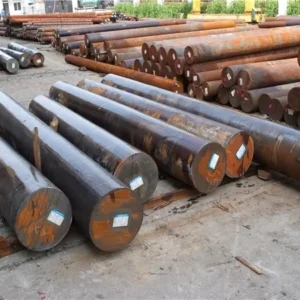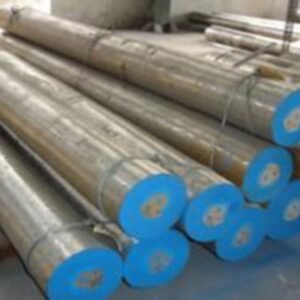Die Steel and Tool Steel: A Comprehensive Guide
Die Steel and Tool Steel are crucial materials in manufacturing and engineering, offering unique properties that make them suitable for a wide range of high-performance applications. Both categories of steel are specifically designed to withstand the stresses and demands of industrial processes, making them indispensable in creating and maintaining tools, dies, and machinery components.
Die Steel
Die Steel is used primarily to manufacture dies and molds that are employed in various industrial processes like stamping, forging, casting, and machining. The primary characteristics of die steel include high hardness, toughness, and resistance to wear, which are essential for maintaining the precision and durability of dies used in high-volume production.
Types of Die Steel:
- Cold Work Die Steel: These are used in tools that operate at room temperature and are known for their excellent wear resistance and toughness. Common grades include D2, D3, and A2.
- Hot Work Die Steel: Designed to withstand high temperatures during the forging and casting processes, these steels have high thermal resistance and toughness. Popular grades include H13, H11, and H21.
- Plastic Mold Steel: Specifically formulated for making molds used in plastic injection molding, offering good machinability and resistance to corrosion. Common grades include P20, P21, and 1.2738.
Applications of Die Steel:
- Stamping Dies: Used in automotive, aerospace, and consumer goods industries to cut, punch, or shape metal sheets.
- Forging Dies: Employed in forging processes to shape hot metal into components for various applications.
- Injection Molds: Used in plastic manufacturing for creating complex plastic parts in automotive, electronics, and household products.
- Casting Molds: Applied in the foundry industry for casting metal into intricate shapes and designs.
Advantages of Die Steel:
- High Hardness: Ensures that the dies retain their shape and precision under high-stress conditions.
- Wear Resistance: Reduces the need for frequent replacement or maintenance of dies.
- Toughness: Prevents cracking or chipping under high impact or thermal stress.
- Thermal Stability: Maintains performance even under extreme temperatures, especially in hot work dies.
Tool Steel
Tool Steel is a broad category of high-performance steels that are specifically designed for making tools and equipment used in machining, cutting, and forming operations. These steels are characterized by their ability to maintain their hardness at elevated temperatures, resist wear, and offer superior machinability.
Types of Tool Steel:
- High-Speed Steel (HSS): Known for its ability to withstand high temperatures without losing hardness, making it ideal for cutting tools. Common grades include M2, M35, and T1.
- Water-Hardening Steel: Used for tools that do not require high levels of toughness or wear resistance, often used in simpler applications. Grades include W1 and W2.
- Cold Work Steel: These steels offer high hardness and wear resistance, suitable for tools that operate at room temperature. Examples include A2, D2, and O1.
- Hot Work Steel: Designed to handle high temperatures and thermal stresses, ideal for tools used in forging and casting. Grades include H13, H11, and H21.
Applications of Tool Steel:
- Cutting Tools: Such as drills, taps, reamers, and milling cutters, which require high hardness and wear resistance.
- Punches and Dies: Used in manufacturing to cut, shape, or form materials with precision and durability.
- Molds: For producing parts in injection molding and casting processes, requiring excellent machinability and thermal stability.
- Tooling: In various manufacturing processes including automotive, aerospace, and industrial machinery.
Advantages of Tool Steel:
- High Hardness: Maintains sharp cutting edges and precision in tools.
- Wear Resistance: Ensures longevity and reliability of cutting and forming tools.
- Thermal Stability: Retains hardness and performance under high temperatures.
- Versatility: Suitable for a wide range of tools and applications due to varying grades with specific properties.
Comparison of Die Steel and Tool Steel
Both die steel and tool steel are critical in industrial applications, but they serve different purposes:
| Feature | Die Steel | Tool Steel |
|---|---|---|
| Primary Use | Dies and molds for manufacturing | Tools for cutting, shaping, and machining |
| Hardness | High, for maintaining die shape and precision | High, for maintaining sharp edges and precision |
| Wear Resistance | Excellent, to withstand repetitive stress | Excellent, to handle high wear and abrasion |
| Thermal Stability | High, especially in hot work applications | High, to maintain properties at elevated temperatures |
| Applications | Stamping dies, forging dies, injection molds | Cutting tools, punches, dies, molds |



